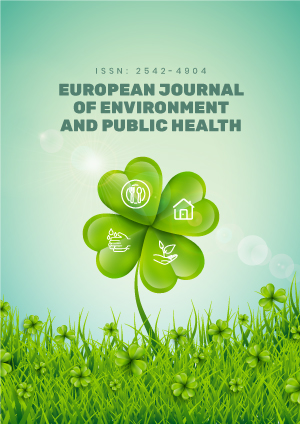Abstract
Yakima County, Washington is an area with prolonged exposure to poor air quality (PM 2.5) and has been one of the hardest hit counties in cases per capita of COVID-19 in the Western US. The physical health impacts of poor air quality exposure and COVID-19 have been well documented. However, the mental health impacts of these concurrent exposures are unknown. A pilot study (n=232) surveyed households using random-digit-dialing (RDD) in Yakima, County in Dec 2020-Jan 2021 to understand the spread of COVID-19 in vulnerable communities. Air quality behaviors and contexts including home filtration systems and use of community shelters during poor air quality events were measured. Mental distress was measured by the John Hopkins’s Mental Distress COVID-19 Community Response Survey. Descriptive data analysis along with Spearman’s rank correlation analysis were performed. Nearly half of the sample (45.3%) did not have access to air quality mitigation measures in their homes. The majority of the sample (54.3%) reported wanting to access clean air shelters during major air quality events such as the smoke and wildfire season of 2020. Participants who were unable to mitigate poor air quality in their households as well as those who were unable to access community clean air shelters were observed to have higher levels of mental distress (p<.05). This study adds to the body of evidence that environmental exposures play a significant role in mental health and that compounding impacts of climate change should be studied more in depth. Household interventions should be explored as COVID-19 has brought community protection measures to a halt, while climate change induced natural disasters will only increase in the future.
License
This is an open access article distributed under the Creative Commons Attribution License which permits unrestricted use, distribution, and reproduction in any medium, provided the original work is properly cited.
Article Type: Research Article
EUR J ENV PUBLIC HLT, Volume 6, Issue 1, 2022, Article No: em0103
https://doi.org/10.21601/ejeph/11674
Publication date: 02 Feb 2022
Article Views: 3163
Article Downloads: 1584
Open Access References How to cite this article
 Full Text (PDF)
Full Text (PDF)